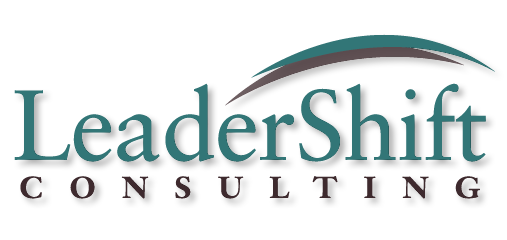Communicating with grit and grace
“I know what I want to say, but HOW do I say it without getting ignored or killed?” In my experience as an executive coach, this question stymies leaders, especially women leaders, as much as any other issue. Why? Because organizations often require women to operate within a painfully narrow stylistic range: nice, but not TOO nice; strong, but not TOO strong. How on earth do you navigate this?
Here’s what doesn’t work. It doesn’t work to dilute your message, minimize your strength, or chip away at your authenticity so much that you disappear. Nor does it work to “damn the torpedoes,” and blow your listener away.
You do not have to choose between “zipping it” or “letting it rip.” Effective communication, whether at work or at home, is often both tough and tender. Whether you tend to communicate directly (“grit”) or with soft edges (“grace”), the greatest potential lies in blending the best aspects of both. This blended form of communication can turn a conflict into a moment that transforms a relationship. It can turn a supportive encounter into a catalyst for action.
How do you achieve this kind of balance? The most powerful communication guidance I’ve found comes not from the worlds of business or communication, but from Buddhist teachings. The principle is called “wise speech.” Wise speech is any message that meets four essential criteria:
- Truthful – clear, direct and authentic
- Useful – actionable, relevant and intended to be of service to the other person and the situation
- Unifying – acknowledges all perspectives, so that everyone’s view has a “place” in the conversation
- Kind – respects the dignity, aspirations and frailties of all parties.
‘Truthful’ and ‘useful’ are the grit side of the equation; they make a message clear and actionable. But directness can intimidate some, and cause them to shut down. ’Unifying’ and ‘kind’ are the grace elements; they cultivate respect and trust within the conversation. But too much softness can obscure your message, appear inauthentic, or create stagnation in a relationship. The greatest power is in the blend. Holding your communication to the standards of wise speech is no easy task, but the payoffs can be great.
What about you?
Most of us tend to emphasize just one or two of the wise speech criteria, especially when the message is difficult. Which one(s) do you tend to default to? What are the strengths and limitations of that? (Don’t think about this in the abstract – examine this through the lens of real life situations.)
Which criteria are the most ‘foreign’ to you, or are the ones you most quickly sacrifice when the chips are down? Again, what are the implications of that?
For the next two weeks, try holding your important communications to the four standards of wise speech. Make mental or written notes of what you try, how it works and what you’re learning. And let us know how it goes!
